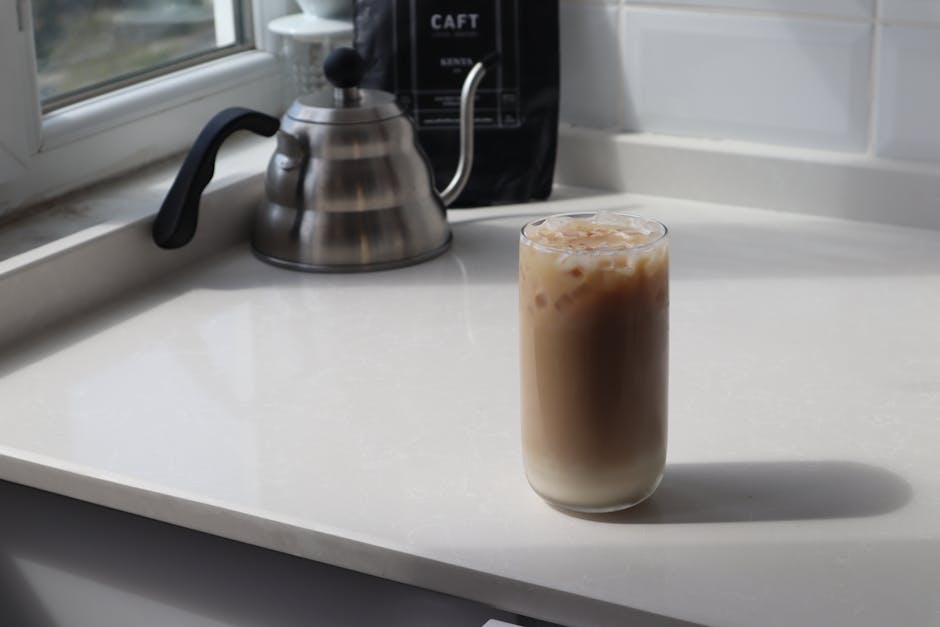
How Much Loose Leaf Tea to Use for the Perfect Brew?
Embarking on the journey of brewing loose leaf tea is akin to unlocking a world of rich flavors and unique aromas. Unlike its bagged counterpart, loose leaf tea requires a bit more attention to detail, but the reward is a cup of tea that is unparalleled in quality and taste. The key to achieving the perfect brew lies in understanding the right amount of loose leaf tea to use, along with other essential factors such as water temperature and steeping time.
Loose leaf tea offers a more robust flavor profile because the leaves are less processed, allowing them to retain their natural oils and complexity. This type of tea brewing allows the leaves to fully expand and infuse, resulting in a more flavorful and aromatic experience. To start, you’ll need some basic equipment: a kettle for boiling water, a teapot or infuser, and of course, your favorite blend of loose leaf tea.
Choosing the right amount of tea is crucial to the brewing process. Generally, it is recommended to use one teaspoon of loose leaf tea per cup of water, but this can vary depending on the type of tea and personal preference. Experimenting with different quantities can lead to discovering the perfect balance that suits your taste.
At Darkness of the Twilightmoon, we offer a wide variety of gourmet loose leaf teas that cater to every palate. Visit us today to explore your own magic of the perfect brew at Darkness of the Twilightmoon, and begin your journey to master the art of loose leaf tea brewing.
Factors Affecting Tea Quantity
When determining the amount of loose leaf tea to use for brewing, several factors come into play. Understanding these elements is essential to achieving the perfect infusion and maximizing the unique characteristics of each tea variety. Let's delve into the key factors that can influence the quantity of tea leaves needed for an optimal brew.
Type of Tea: Different tea types require varying amounts of leaves due to their distinct characteristics. For instance, delicate teas like white and green teas often require a lighter touch, typically one teaspoon per cup, while robust black teas may call for more, depending on personal taste preferences. Oolong teas, which fall between green and black, can vary significantly, so experimenting is encouraged.
Tea Leaf Size: The size and shape of tea leaves can affect how much is required. Large, whole leaves generally need a larger volume to achieve the desired flavor intensity, whereas finely cut tea may require less. This is because larger leaves take up more space, affecting the brewing process and the amount of water they can infuse.
Personal Preference: Your individual taste preference is a significant factor. Some tea drinkers enjoy a stronger brew, which may necessitate an additional half or full teaspoon of tea. It’s essential to adjust the quantity based on your taste to enjoy the perfect cup tailored to your liking.
Water Quality and Temperature: While not directly related to tea quantity, the quality of water and its temperature can influence how much tea you might use. Softer water and the correct temperature help the leaves release their flavors more efficiently, potentially reducing the amount needed.
By considering these factors, you can fine-tune the amount of loose leaf tea used in your brewing to create a truly personalized and satisfying tea experience.
Recommended Tea Amounts for Different Types

Knowing the recommended tea amounts for different types is crucial to crafting that perfect cup, allowing the unique flavors of each variety to shine. Here's a guide to help you get started:
- White Tea: Known for its delicate and subtle taste, white tea is best brewed with approximately 2 teaspoons per 8-ounce cup of water. Its light nature means that it can easily become too weak if not enough leaves are used.
- Green Tea: For a fresh and grassy flavor, use around 1 teaspoon of green tea per 8-ounce cup. Adjusting slightly more or less can help you find the perfect balance as green teas vary widely in flavor intensity.
- Oolong Tea: As a versatile tea, oolong requires about 1-2 teaspoons per 8-ounce cup, depending on the specific oolong variety you're brewing. The semi-oxidized nature of oolong means it's perfect for experimenting with quantities to achieve a desired flavor.
- Black Tea: For a rich and robust cup, use 1 teaspoon per 8-ounce cup. Black tea's strength allows it to hold up well with milk and sugar, so increasing the amount slightly for a bolder taste is common.
- Herbal Tea: These caffeine-free infusions are often packed with vibrant flavors, requiring about 1-2 teaspoons per 8-ounce cup. The variety of herbs used can influence how much is needed, so personal preference plays a significant role here.
Remember, these are just starting points. The beauty of tea lies in its versatility, so don't hesitate to adjust the amounts to suit your personal taste. By experimenting with these recommendations, you can discover your unique tea preferences and enjoy a perfect brew every time.
Adjusting Tea Amount for Personal Taste

When it comes to brewing tea, personal taste plays a significant role in determining the ideal amount of loose leaf tea to use. While standard guidelines provide a great starting point, adjusting the tea amount to suit your individual preferences can elevate your tea experience to new heights.
Start by experimenting with the quantity of tea leaves. If you find your brew too strong or bitter, try reducing the amount of tea. On the other hand, if your tea lacks flavor, consider adding more leaves. A common technique is to adjust the standard recommendation by a quarter or half teaspoon at a time, allowing you to find that sweet spot where the flavor resonates with your taste buds.
Consider the type of tea and its brewing characteristics. For example, delicate teas like white and green may quickly become overpowering if too much is used, while robust teas like black or oolong can handle a more generous quantity without becoming overly strong. Herbal teas, with their diverse ingredients, offer a playground for tweaking amounts based on the desired strength and flavor profile.
Don't forget the impact of water temperature and steeping time, as these factors are intertwined with tea quantity. A slightly higher water temperature or extended steeping time can enhance flavors, allowing you to use less tea or achieve a richer taste with the same amount.
Ultimately, the art of brewing tea is a personal journey. By adjusting the amount of loose leaf tea, you can tailor your brew to match your unique palate, ensuring every cup is a reflection of your taste.
Tools to Measure Loose Leaf Tea

Accurately measuring the amount of loose leaf tea to use can significantly impact the flavor and strength of your brew. Fortunately, several tools are available to help you achieve the perfect measurement every time.
A tea scoop is one of the most common tools, designed specifically for measuring loose leaf tea. These scoops come in various sizes, typically calibrated to hold a standard serving of tea, making it easy to replicate the perfect brew consistently. For those who prefer precision, a kitchen scale offers an accurate method to measure tea by weight. This is especially useful when dealing with tea blends, as different leaves and ingredients may vary in density.
Another handy tool is the measuring spoon. While not as precise as a scale, it provides a quick and easy way to measure tea, especially if you don't have a specialized tea scoop. Measuring spoons usually come in standard measurements of teaspoons and tablespoons, allowing you to adjust the quantity as needed.
For the tech-savvy tea enthusiast, digital tea timers and apps can be invaluable. Many of these tools include features that suggest the ideal amount of tea and steeping time based on the type of tea being brewed. This can be a great aid in achieving the perfect taste, especially when trying a new tea for the first time.
Choosing the right tool depends on your preference for precision and convenience. Whether you opt for a traditional scoop or a modern digital solution, these tools can enhance your tea-making ritual, ensuring a consistently delightful cup.
Tips for Achieving the Perfect Brew

Creating the perfect cup of tea involves more than just knowing the amount of loose leaf tea to use. It's a delicate balance of several elements that, when harmonized, produce an exceptional brew. Here are some tips to elevate your tea brewing experience:
- Water Quality: Always start with fresh, filtered water. The quality of water can significantly affect the taste of your tea. Avoid using distilled water, which can make tea taste flat.
- Water Temperature: Different teas require different water temperatures. For instance, green and white teas are best brewed with water that's around 160-180°F, while black and herbal teas can handle hotter water at about 200-212°F.
- Steeping Time: Over-steeping can lead to bitterness, while under-steeping results in a weak flavor. Typically, white and green teas should steep for 2-3 minutes, while black teas may need 3-5 minutes. Herbal teas can steep longer, often between 5-7 minutes.
- Tea-to-Water Ratio: The general rule is one teaspoon of loose leaf tea per 8-ounce cup of water. However, this can be adjusted to suit personal taste preferences.
- Experiment: Don’t hesitate to experiment with different types of teas and blends. Personalizing your brew to your taste is part of the joy of tea-making.
By fine-tuning these elements, you can unlock the full potential of your loose leaf tea, turning each cup into a moment of indulgence. Visit us today to explore your own magic of the perfect brew at Darkness of the Twilightmoon. Discover a wide array of gourmet teas that can transform your tea-drinking experience.